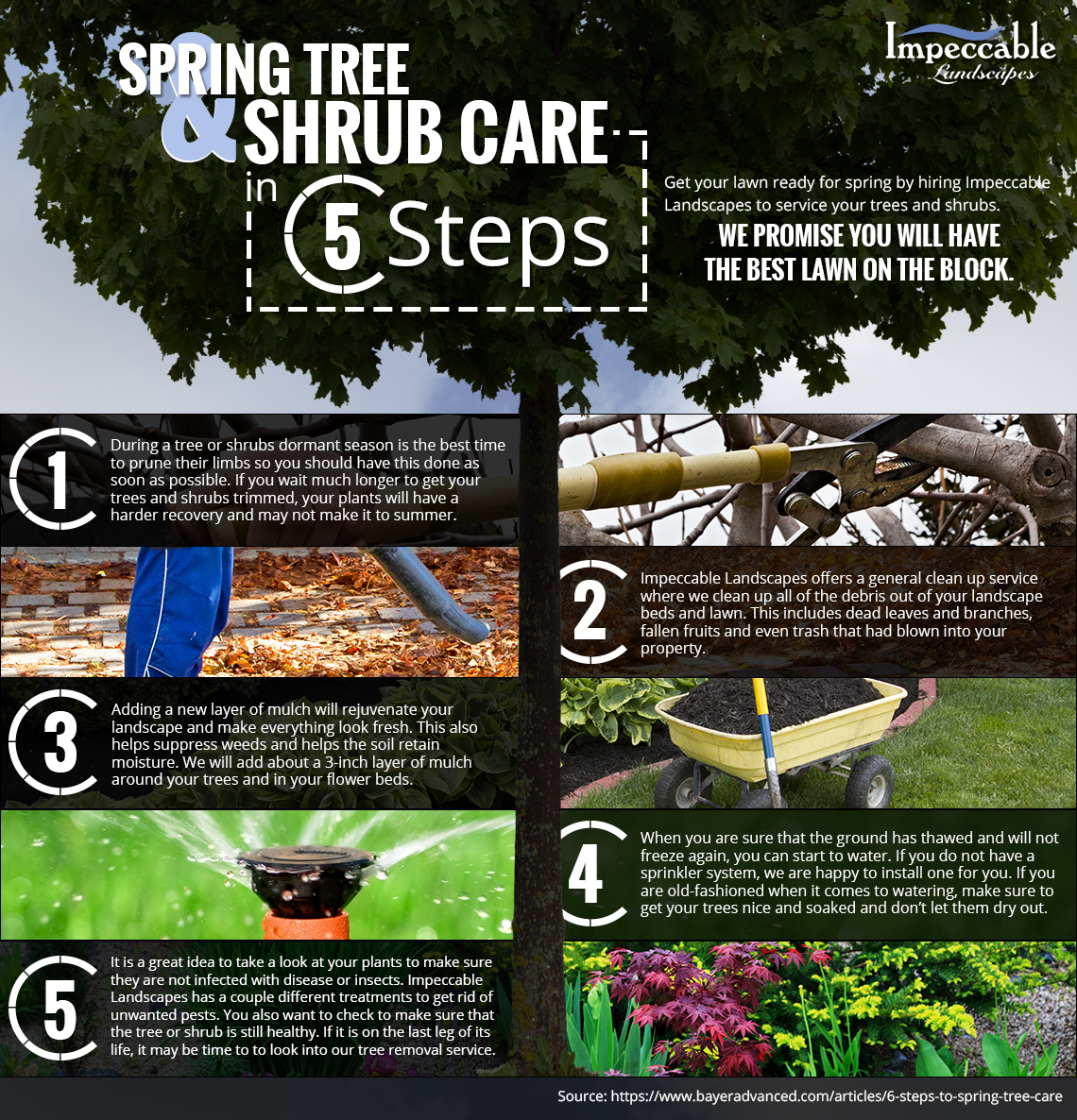Identify Important Signals That May Recommend Your Tree Is Risky; Recognizing These Can Help Ensure The Safety Of Your Property And Enjoyed Ones.What Should You Observe Following?
Identify Important Signals That May Recommend Your Tree Is Risky; Recognizing These Can Help Ensure The Safety Of Your Property And Enjoyed Ones.What Should You Observe Following?
Blog Article
Short Article By-McDonald Goodman
When it concerns tree treatment, identifying the indications that it's time for removal is crucial for your safety and property. You could see stained leaves, wilting branches, or weird fungal growths showing health issue. Structural concerns, like a significant lean or cracks in the trunk, can also present threats. Recognizing these warning signs can help you make notified choices concerning your trees and stop possible hazards prowling in your backyard. What should you look for following?
Indicators of Decay and Condition
When you notice indications of decay and disease in your trees, it's essential to act quickly. Seek stained fallen leaves, wilting branches, or uncommon growths like fungi. Palm Tree Removal Service Near Me can indicate that your tree is battling.
If you see splits in the bark or soft, mushy wood, these symptoms recommend internal degeneration. Additionally, an unexpected boost in parasites around your tree can indicate that it's damaged and susceptible.
Check for any dead or passing away arm or legs, as they pose a danger to your residential or commercial property and security. If Cherry Tree Pruning regarding what you see, speaking with an arborist can supply quality.
Attending to these indications early can save you from much more considerable damages and make certain the health and wellness of your lawn. Don't wait until it's far too late.
Structural Instability and Leaning
As you observe your trees, watch out for any type of indicators of structural instability or leaning. If a tree leans significantly, it might suggest that the root system is compromised.
Search for any type of cracks in the trunk or dirt around the base; these can indicate potential failing. Furthermore, check for uncommon growth patterns, like an uneven crown, which may recommend that the tree is struggling to hold itself upright.
If you see that the tree leans toward your home, high-voltage line, or other frameworks, it postures a higher danger. Don't neglect these indications-- consult an arborist to analyze the scenario.
Taking action early can avoid pricey damages and ensure your safety and security.
Dead or Dying Branches and Vegetation
If you observe dead or dying branches and vegetation on your tree, it's a clear sign that something's incorrect.
These harmful locations can show underlying issues like illness, insect infestations, or environmental anxiety. When branches lose their fallen leaves or transform brown, they're no longer adding to the tree's health and wellness. Neglecting these signs could lead to additional decline, making your tree extra unsafe.
Dead branches can quickly break short during tornados, posing a threat to residential property and individuals nearby. It's crucial to evaluate the level of the damages.
If the issue influences a substantial part of the tree, think about speaking with a professional. They can aid establish if removal is required to make certain safety and maintain the beauty of your landscape.
Conclusion
If you discover any type of indicators of degeneration, structural instability, or dead branches on your trees, do not ignore them. These indicators can pose significant safety dangers to you and your home. It's always best to seek advice from an expert arborist who can supply an expert assessment of your trees. Doing something about it early can stop mishaps and pricey damage, ensuring your landscape stays safe and healthy and balanced. Bear in mind, it's far better to be proactive about tree treatment than to await a disaster to happen.
